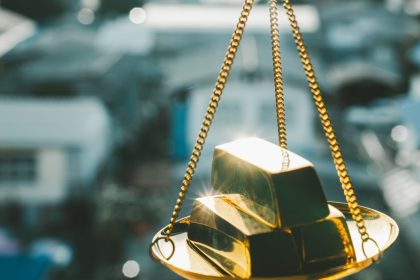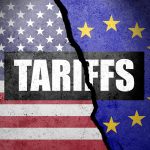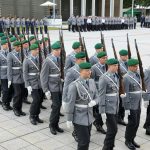Warm Ties, Few Concrete Results in Tokyo Visit
Inside the ornate halls of Tokyo’s Akasaka Palace on Tuesday, President Donald Trump hailed Sanae Takaichi, Japan’s newly elected prime minister and the first woman to hold the post, as a “winner” and a “very close friend.” The two leaders emphasized a strong personal rapport, pledging to usher in what they called a “new golden age” in U.S.-Japan relations. Yet, despite the symbolism and ceremony, the meetings produced few tangible policy breakthroughs on trade or defense.
Their day together included a private lunch, lighthearted conversations about baseball, and tributes to former Prime Minister Shinzo Abe, whose diplomatic playbook Takaichi appears eager to follow. Mr. Trump and Ms. Takaichi later visited American troops aboard an aircraft carrier near Tokyo, where Trump told service members that the United States would always stand by Japan “on any favors you need.”
Symbolic Agreements, Unresolved Trade Questions
The two leaders signed a pair of broad agreements — one proclaiming a “new golden age” of the U.S.-Japan alliance, and another pledging cooperation on rare earth supply chains. The latter reflects growing concern over China’s control of critical minerals essential for technologies such as semiconductors and defense equipment. However, the announcements offered little progress on the most pressing issue: how Japan intends to invest its promised $550 billion in the United States as part of a July trade deal.
In exchange for that commitment, Japan secured a 15% tariff rate on its exports — lower than what the Trump administration initially proposed. Analysts say the new prime minister is likely using the delay to strategize on how to fulfill the investment pledge while managing Japan’s heavy national debt.
Defense Cooperation and Military Spending
Standing alongside Ms. Takaichi at the Yokosuka Naval Base, President Trump announced that he had approved a new batch of missiles for Japan’s F-35 fighter jets, part of his broader effort to press Tokyo to expand defense spending. During the event, Trump claimed that Toyota would invest “over $10 billion” in U.S. manufacturing, a gesture aimed at reinforcing economic cooperation.
For her part, Takaichi reaffirmed Japan’s commitment to strengthening the Indo-Pacific security alliance and countering Chinese influence. “I have renewed my determination to carry forward that resolve,” she said, promising to ensure that the region remains “free and open” in line with her predecessor Abe’s vision.
Diplomacy Through Personal Chemistry
Observers noted that Takaichi skillfully emulated Abe’s diplomatic style — using charm, familiarity, and symbolism to build rapport with Trump. She even enlisted Abe’s former interpreter and presented Trump with a golf bag signed by Hideki Matsuyama and a putter once owned by Abe. Their meeting concluded with both leaders signing baseball caps inscribed with the slogan “JAPAN IS BACK.”
According to White House officials, Trump praised Takaichi’s election as a “big deal” for Japan and expressed readiness to assist her administration whenever needed. The two leaders appeared united in tone, if not in substance, using personal diplomacy to reinforce a long-standing alliance amid ongoing trade negotiations and geopolitical tensions with China.
Later this week, Trump is expected to meet with Chinese President Xi Jinping in South Korea to continue his six-day tour of Asia — a trip that underscores his administration’s dual approach of partnership with allies and pressure on competitors in the region.






